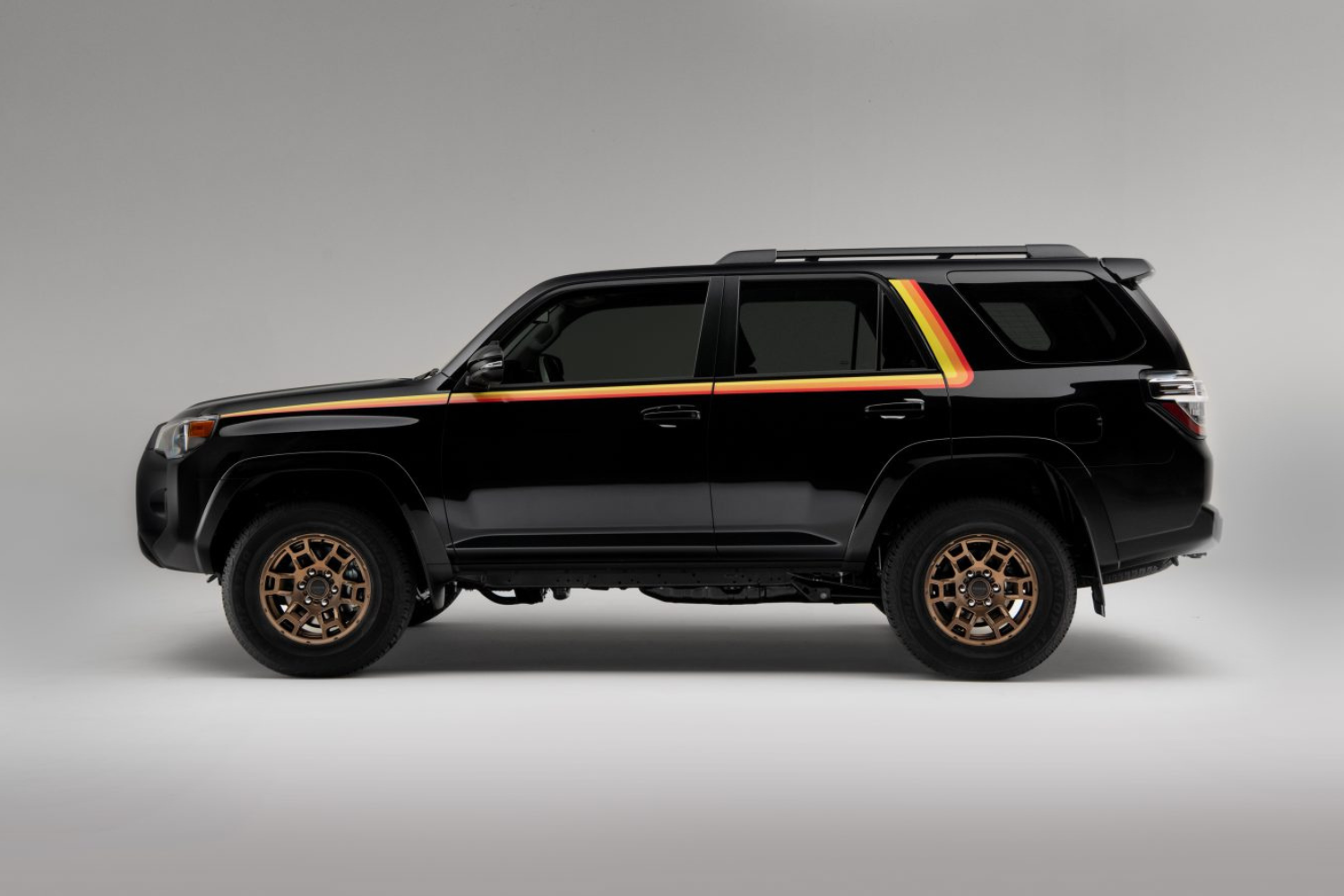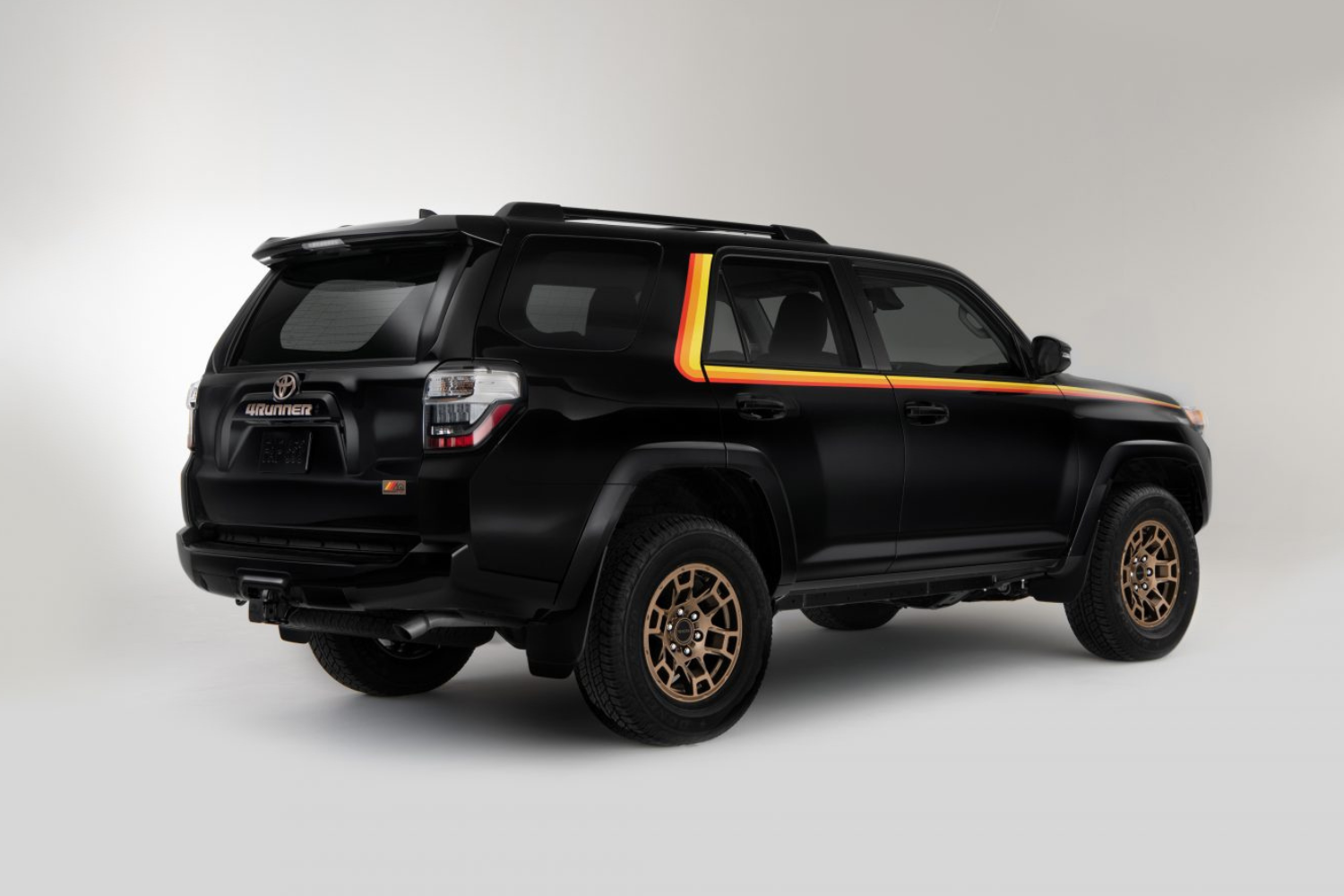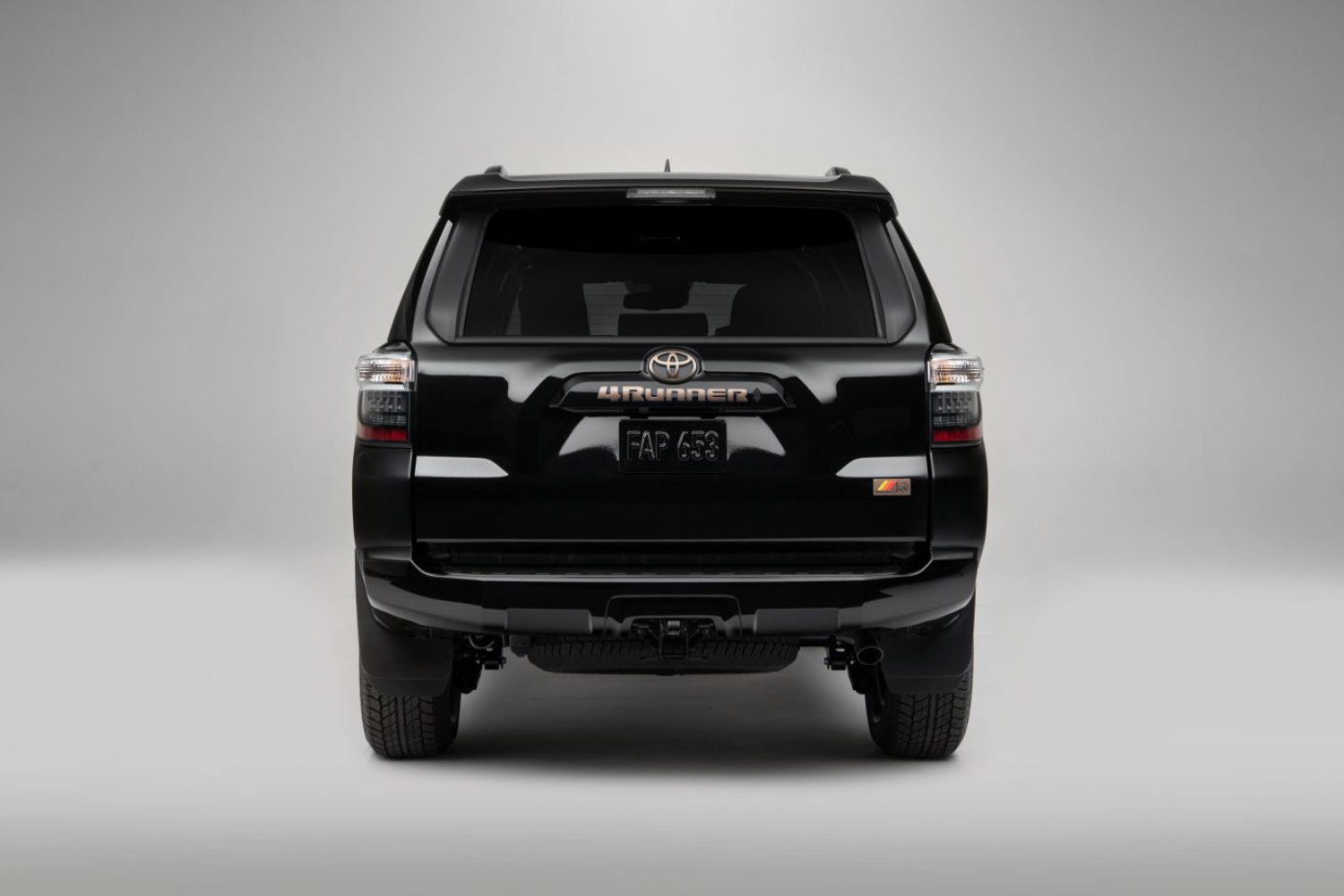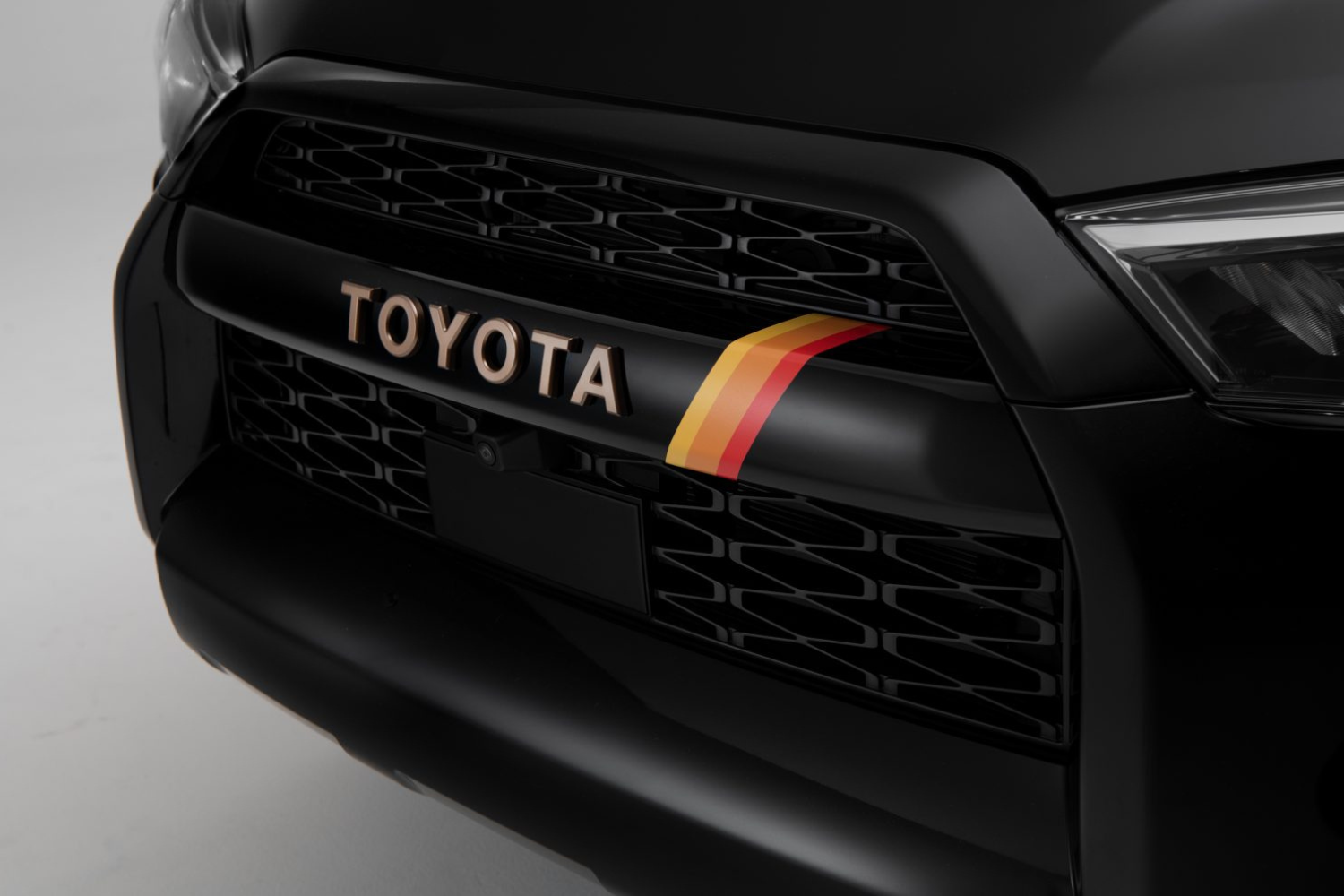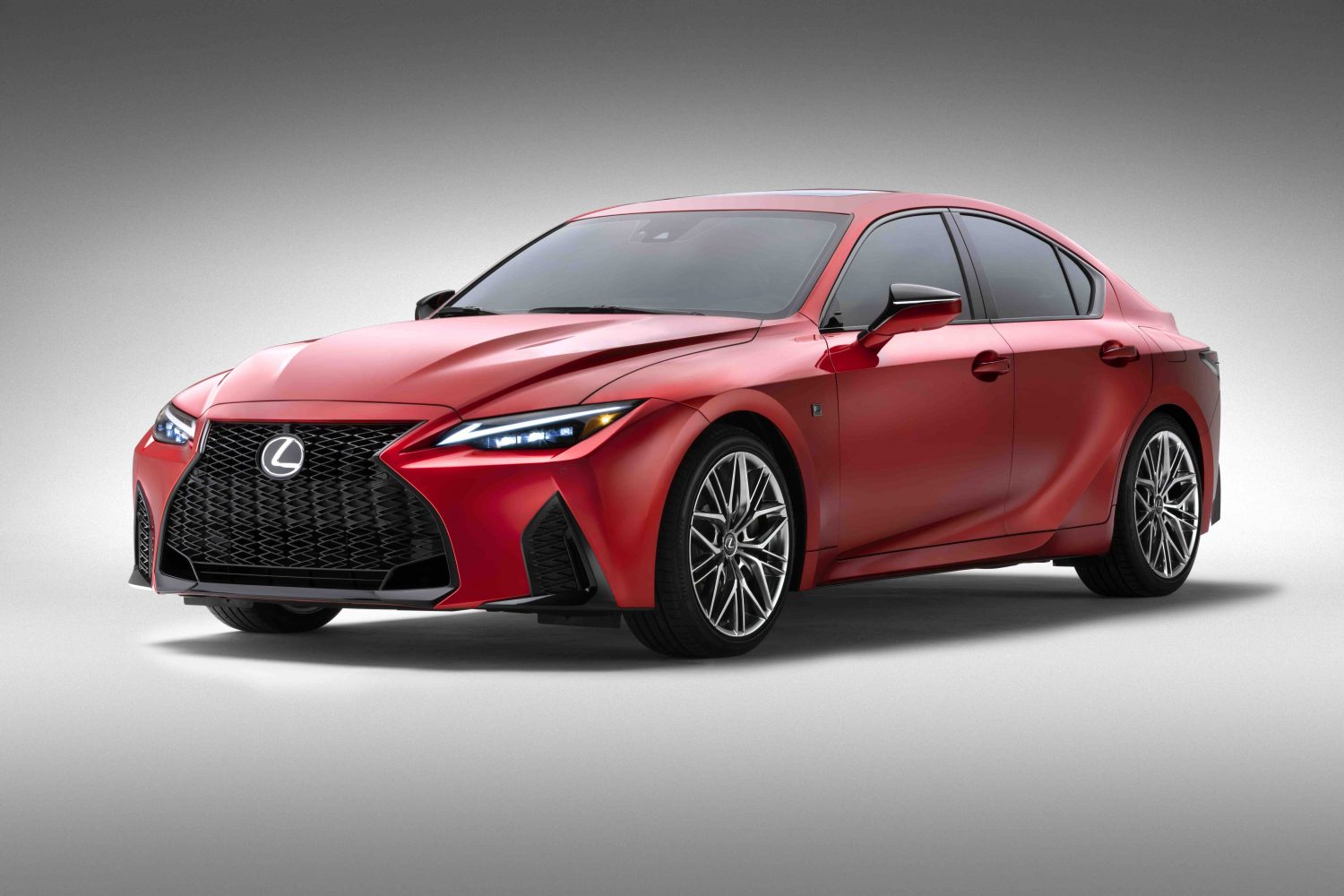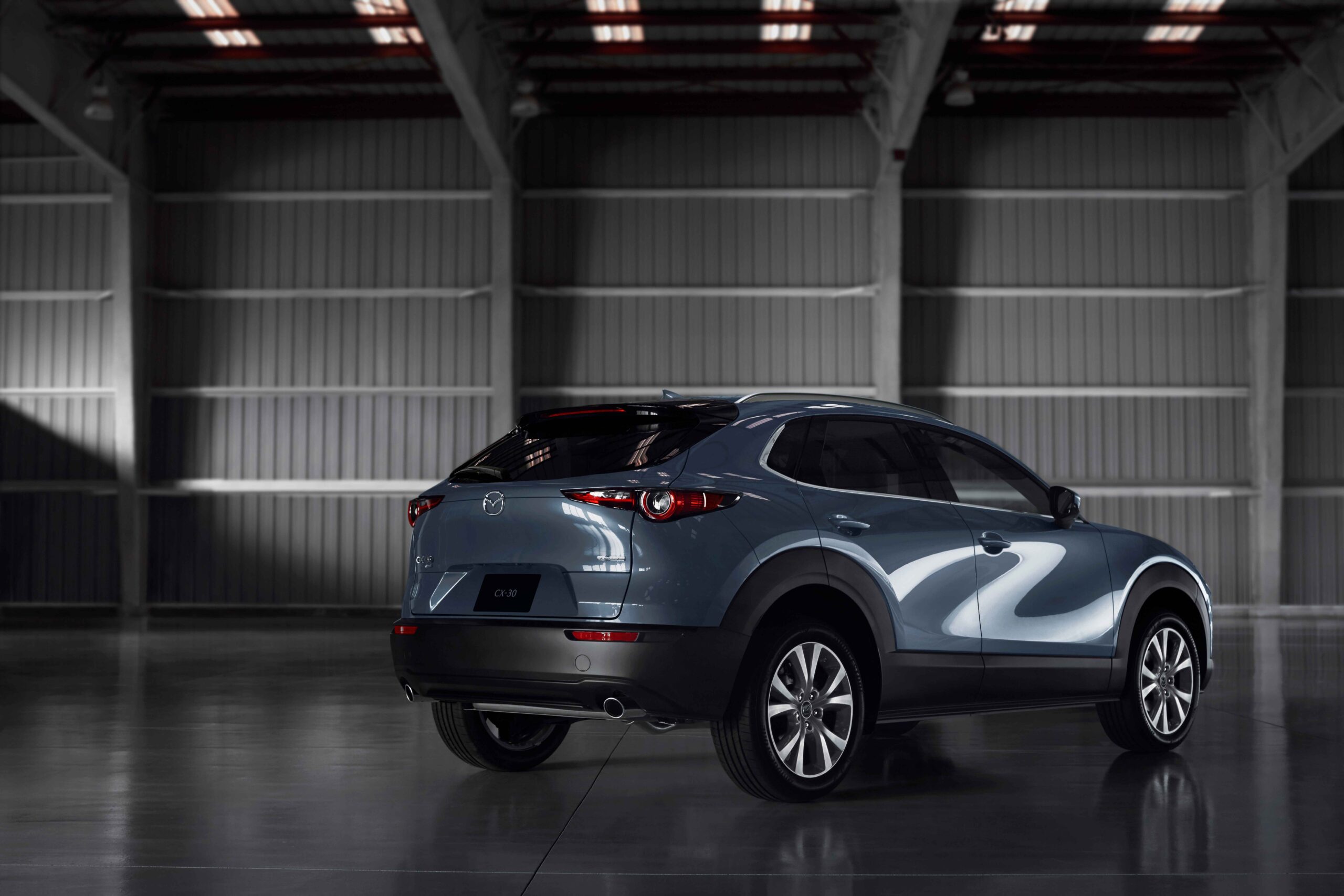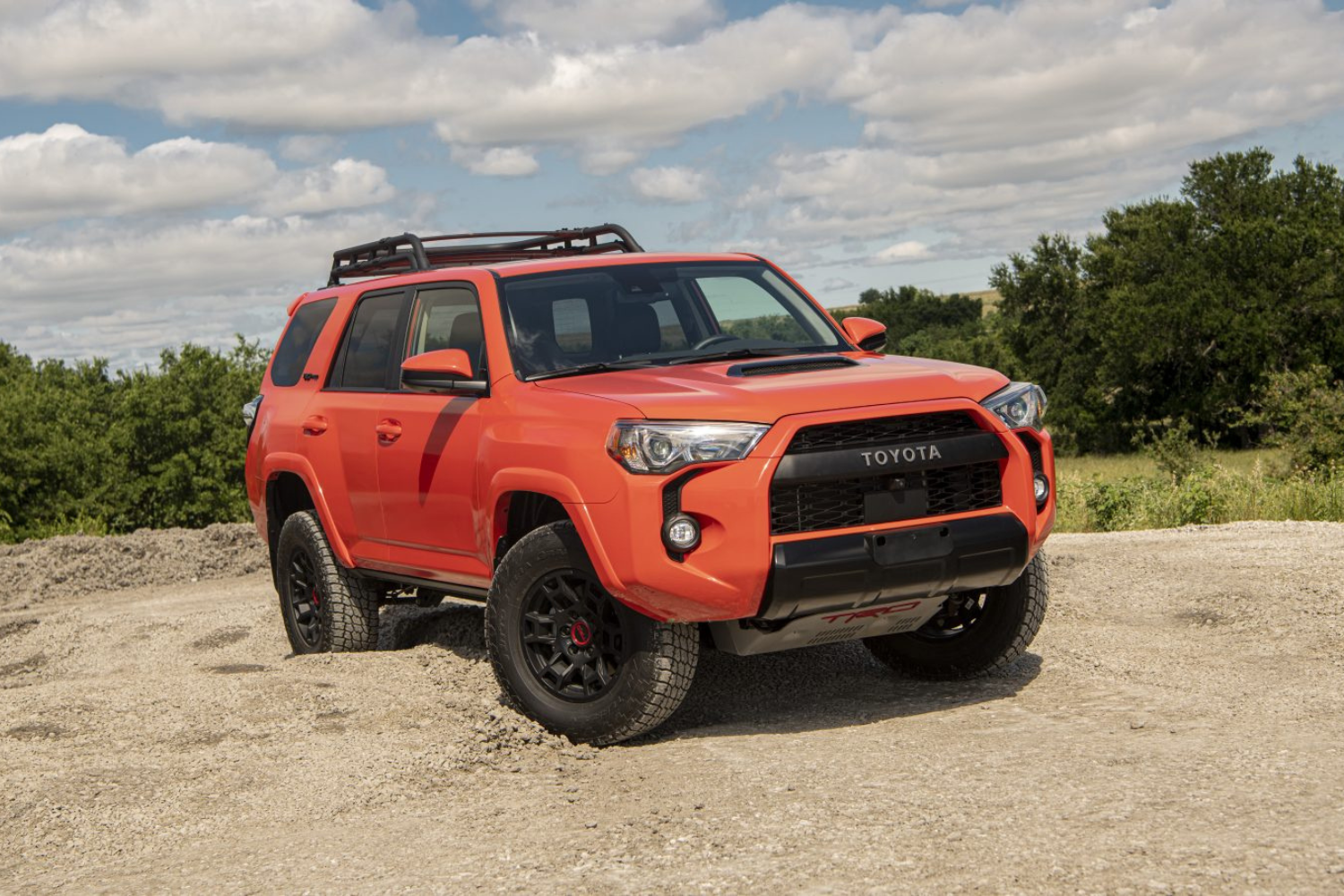
Price: $41,400–$56,000
6.5 /10
Rating
Pros
- Exceptional off-road capability, durability
- Standard advanced safety features
- Rugged, practical interior utility
Cons
- Poor fuel efficiency ratings
- Excessive highway cabin noise
Overview
There’s no denying the rugged, legendary dependability of this perennial off-road favorite, even if its dated five-speed automatic transmission feels sluggish compared to modern rivals like the Ford Bronco. Behind the aggressive grille and TRD Pro badge, the body-on-frame setup and Fox shocks deliver maximum capability on rocky trails—I barely felt bumps during a recent crawl through loose gravel, thanks to its excellent wheel articulation. Yet, while the manual transfer case and locking rear differential make it a trail-conquering truck, the cabin’s old-school charm shows its age: infotainment lags behind the Lexus GX 550, and the roof rack’s wind noise wears thin on highways. For overlanding or tackling serious trails, it’s a proven, dependable choice—just don’t expect the cutting-edge tech or refinement of the Toyota Land Cruiser.
What's New in 2023?
Owners get a few thoughtful tweaks: the alert-heavy Blind Spot Monitoring and Rear Cross-Traffic Alert are now standard, though the seat occupant reminder once scolded me for leaving a backpack in the back—fair, but relentless. The Solar Octane orange paint pops against dirt trails, and Toyota added a tire pressure monitoring screen, though rivals offer more intuitive layouts. Missing? A traffic-aware cruise control, which feels odd in 2023, but the available retro-styled rear accents keep its charm intact.
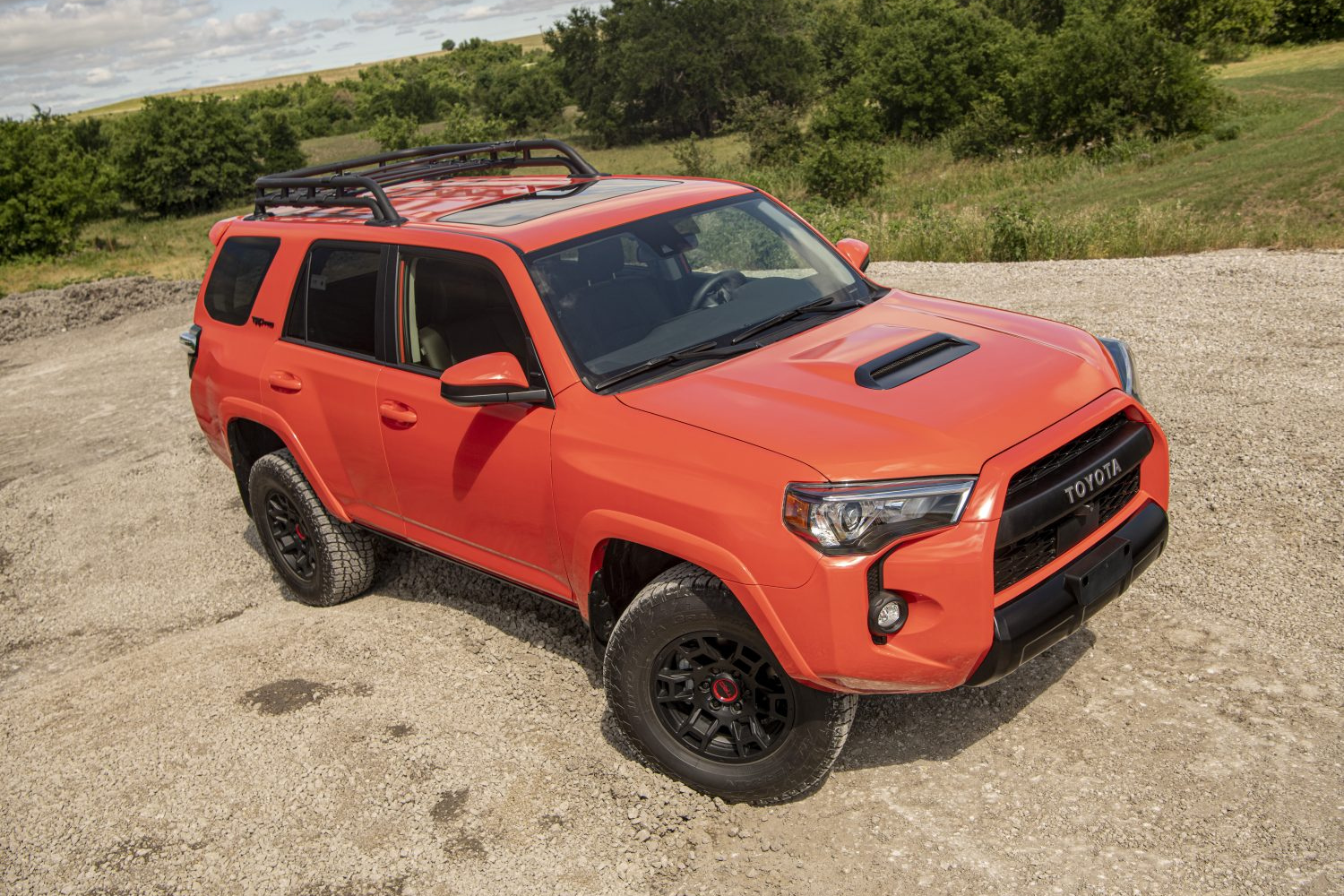
Pricing, Trim Levels, and Best Choice
Climbing into the TRD Pro’s lifted suspension feels like a justified splurge at $56,000, especially when tackling muddy trails where its locking rear differential and Crawl Control shine—though the base $41,000 Off-Road trim offers similar terrain chops for casual adventurers. I’d recommend the Pro for its Kinetic Dynamic suspension, which smoothed out slippery ruts during a recent rainstorm, but the optional Multi-Terrain Select and standard traction modes feel redundant next to the exterior’s capable design. While the cargo deck and seating accommodate gear easily, the powertrain’s heavy behavior on highways reminds you this SUV prioritizes four-wheel grit over daily polish—value here leans toward equipment, not elegance.
Powertrain & Performance
Surprisingly, the 4.0-liter V6 delivers 278 hp and 270 lb-ft torque with old-school combustion grit, but merging at highway speeds feels sluggish next to turbocharged rivals like the Ford Bronco. During tested trails, the locking rear differential and 4-low setting proved its off-roading DNA—crawling steep inclines effortlessly—while the five-speed automatic transmission shifts like it’s stuck in 2010, lacking the peppier, quickly responsive gear changes of the Jeep Wrangler Rubicon. The steering’s vague road feel reminds you this body-on-frame SUV prioritizes stability over sportiness, though the TRD Pro’s Kinetic Dynamic suspension softens rocky paths better than the Kia Telluride’s unibody setup. On pavement, the engine’s oomph fades, especially when mated to a transmission that hesitates during passing maneuvers—refinement isn’t its forte, but for low-range reduction and usable ruggedness, it’s still a special case.
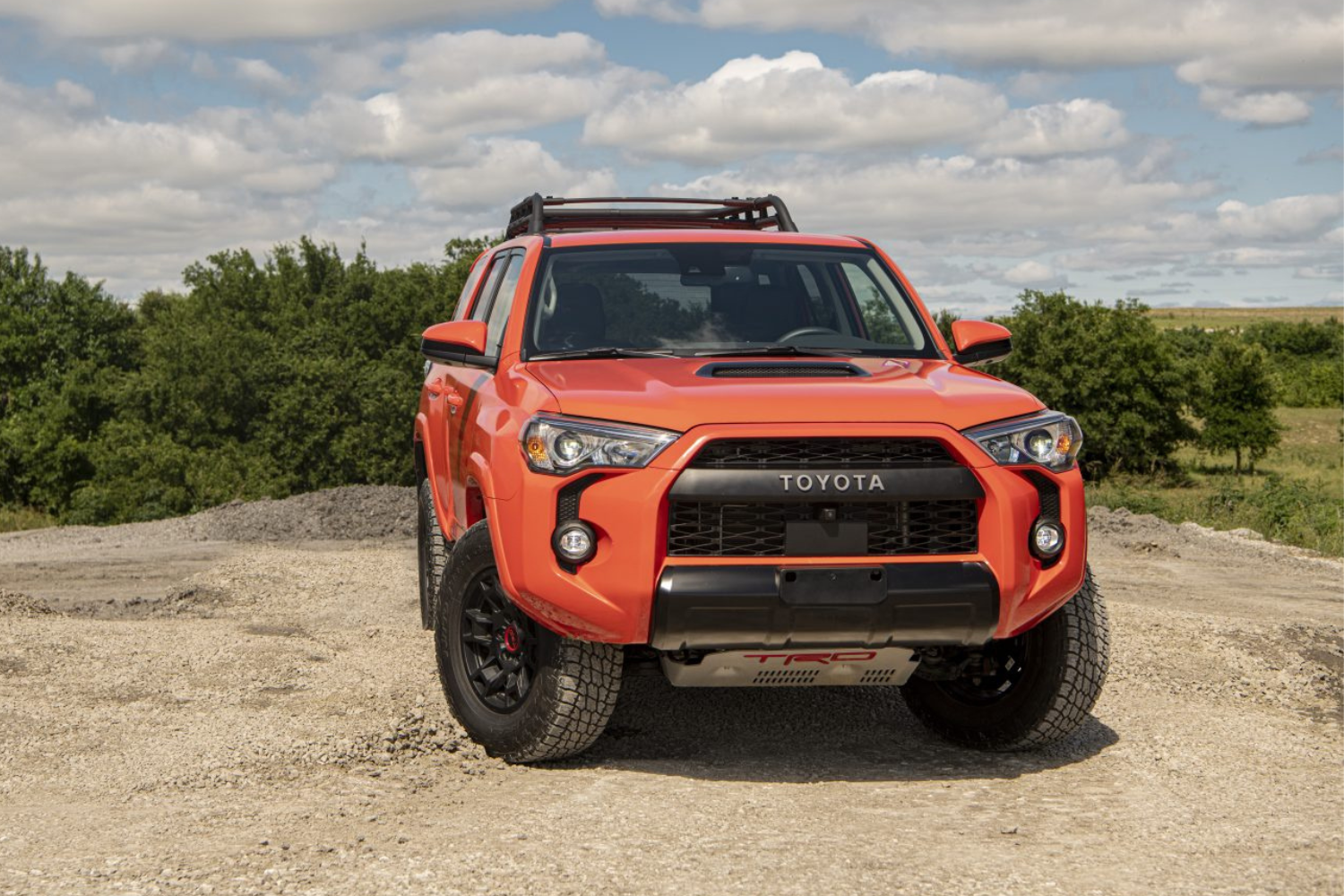
Fuel Efficiency and Driving Range
Honestly, the 4.0-liter V6’s fuel economy stings in 2023—its 16 MPG city/19 highway feels outdated next to modern turbocharged competitors, though the 23-gallon tank delivers a usable 400-mile range for long trips. During real-world testing, I averaged 17 MPG combined on a weekend road trip, where the heavy 4,750-pound curb weight and old-school powertrain clearly contributed to its thirst. Toyota’s refusal to offer a hybrid or efficient transmission here is a major drawback, but the TRD Pro’s tank-like build prioritizes durability over sipping fuel. Sure, frequent stops tested my patience, but crawling rocky trails without worrying about consumption? That’s the trade-off—this SUV isn’t a city companion, but a capable road warrior built for range, not quick fill-ups.
Interior and Comfort
Stepping inside, the TRD Pro’s interior feels built for utility over luxury: durable rubbery faux leather shrugs off muddy boots, and chunky knobs survive glove-covered hands, though cheap plastics on the center console gather smudges quickly. The sliding rear cargo tray and generous legroom make it a practical companion for gear or pets, but cabin noise intrudes noticeably on highways—road noise and a creaked loudly second row during my off-road test raised durability concerns. While the 15-speaker JBL stereo delivers crisp sound, the infotainment screen’s sluggish response and low-resolution cameras feel dated next to rivals. I appreciated the intuitive layout of large buttons and sliding rear liftgate window for fresh air, but cabin insulation lags behind modern standards, reminding you this off-road champ prioritizes functionality over daily usability.
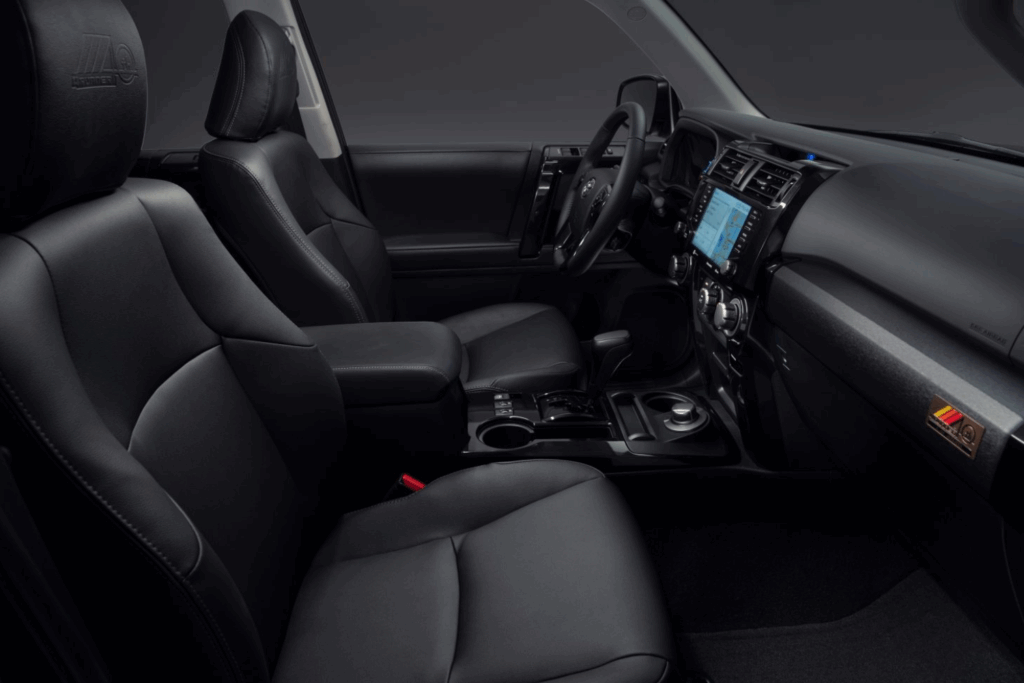

Tech & Connectivity
Frankly, the 8.0-inch touchscreen is a welcome improvement over the 2020 model’s 6.1-inch screen, offering Apple CarPlay and Android Auto, though its piano black plastic frame collects smudges like a magnet. The 15-speaker JBL stereo delivers solid thump for a name-brand system, and chunky knobs paired with big buttons keep controls easy to use—no fumbling while crawling trails. But compared to the Bronco’s slick interface or Wrangler’s sharper graphics, the infotainment feels outdated, lagging when zooming maps. At least the carbon fiber-trimmed center console adds a sporty touch, even if Toyota’s car audio systems still trail premium rivals.
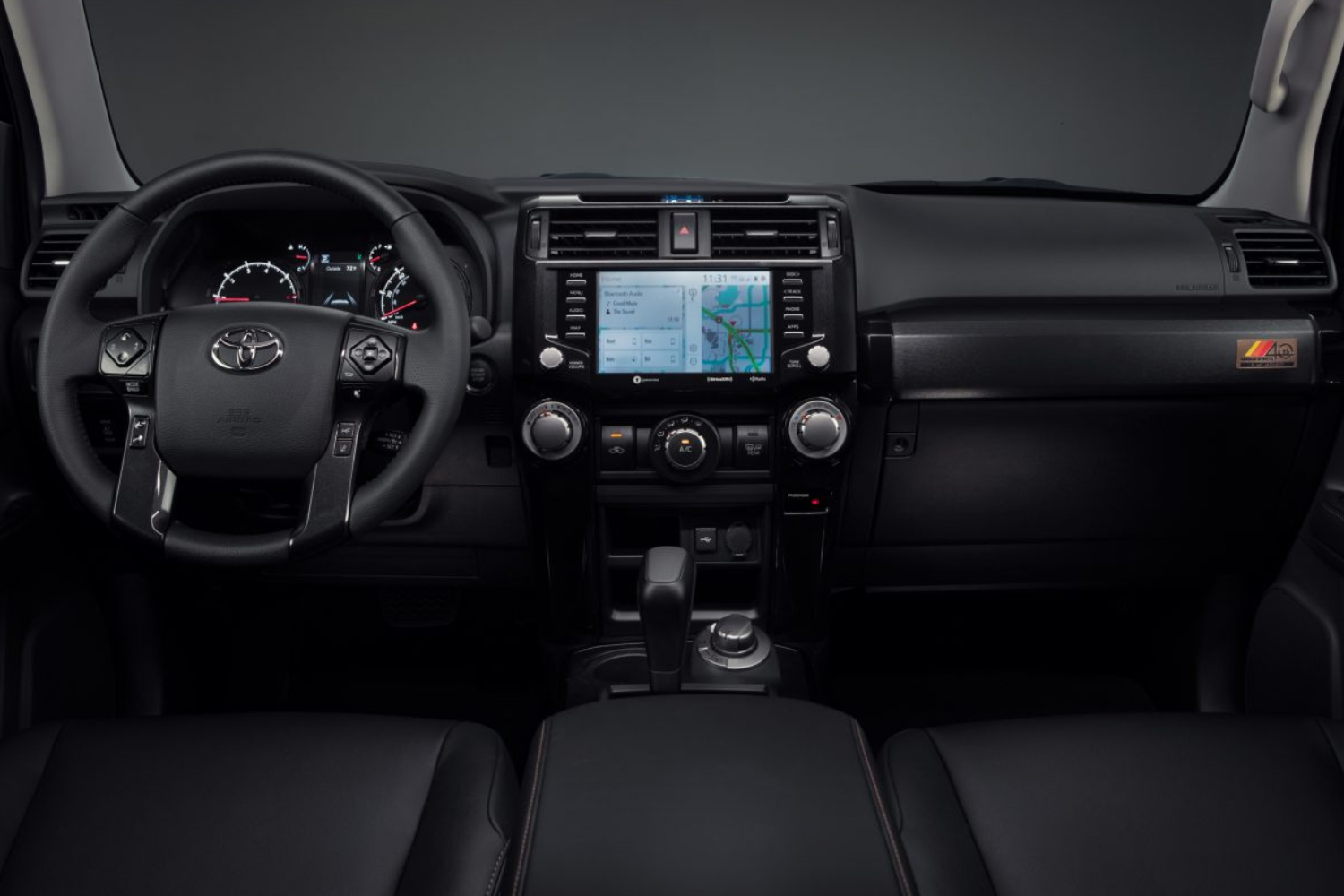
Safety
Navigating the TRD Pro’s steep terrain highlights its 9.6-inch ground clearance and 33° approach angle, which spared my undercarriage from scraping during a rocky climb, while blind-spot monitoring and rear cross-traffic alert proved handy in tight trails. The forward-collision warning and lane-departure warning work reliably on highways, though the absence of adaptive cruise control feels odd in 2023. While Multi-Terrain Select and Crawl Control excel on loose surfaces, the driver-assistance technology lags behind rivals—no lane-keeping assist or automatic high-beam headlamps here. Both NHTSA and IIHS praise its crash-test results, but don’t expect cutting-edge aids like off-road navigation or automated emergency braking tuned for rough terrain.
Key features:
✅ Strong off-road angles prevent undercarriage damage.
✅ Basic highway safety tech lacks modern conveniences.
✅ Top crash ratings but dated driver aids.
Warranty and Maintenance Plan
Shopping for coverage, the powertrain warranty spans five years/60,000 miles, beating industry norms, while the limited warranty’s three years/36,000 miles aligns with basics like the Jeep Wrangler. Toyota’s complimentary maintenance for two years/25,000 miles is a rarity in this class, though it’s less impressive than Hyundai’s three-year plan. During my first service, the dealer handled oil changes smoothly, but scheduled maintenance costs post-25k felt steep. Rivals like Ford offer longer coverage in some categories, yet Toyota’s reputation for reliability softens the blow.
Key features:
✅ Above-average powertrain warranty outshines basic coverage.
✅ Complimentary maintenance rare but shorter than competitors’.
✅ Long-term costs rise after initial free services.
